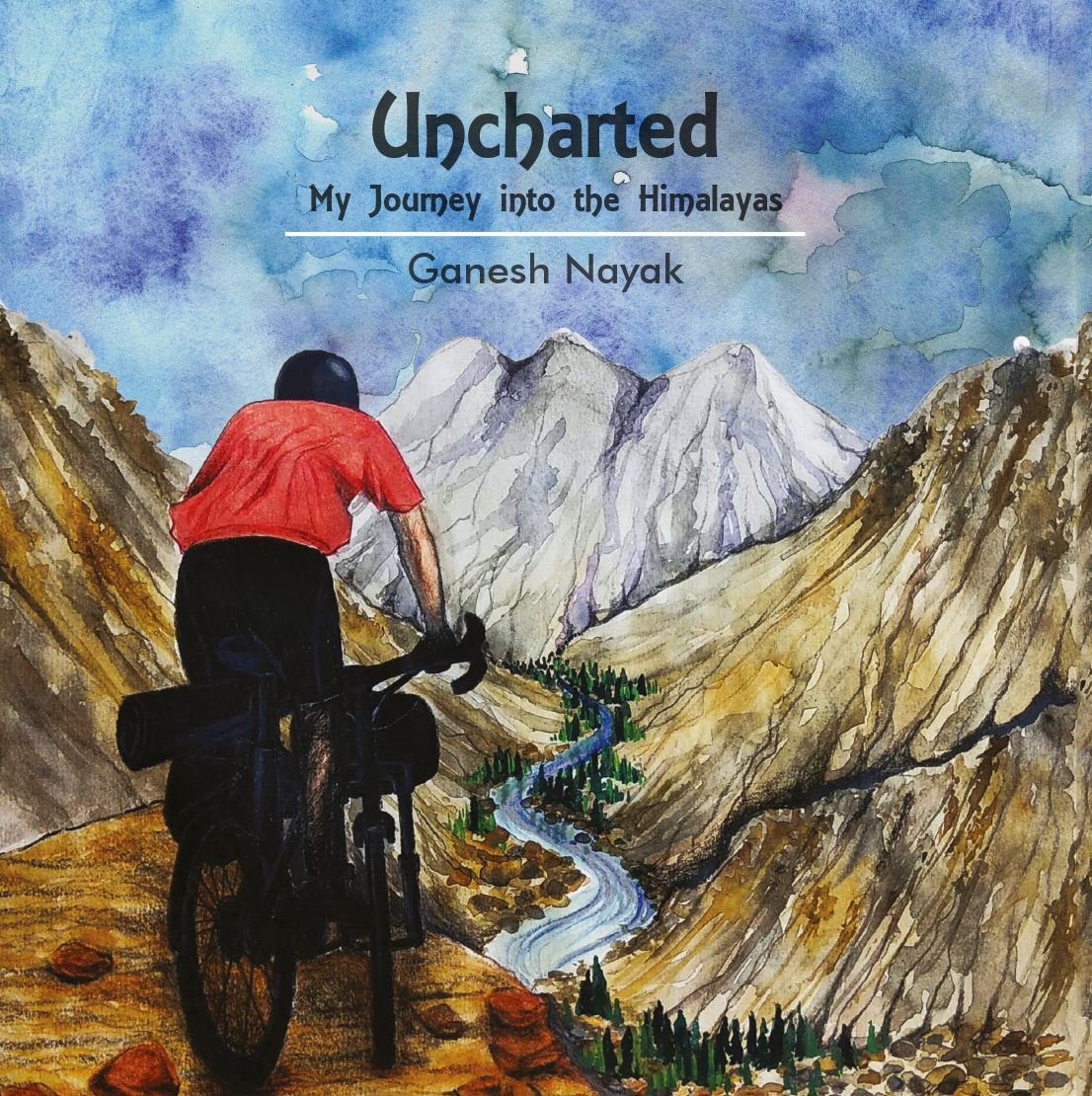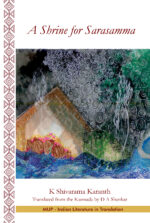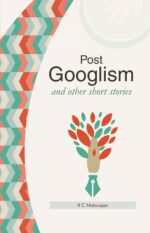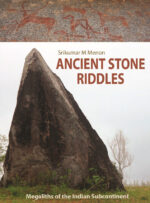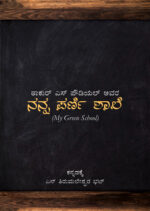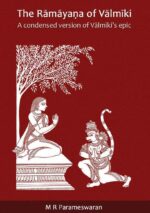Uncharted: My Journey into the Himalayas
₹700.00
Author: Ganesh Nayak
Ganesh Nayak found his calling in something totally out of the box. He developed an interest in cycling and quit his earlier job to cycle around India. His attempt to focus on health and fitness ultimately transformed into solo expeditions, as he wheeled his bicycle into Srinagar, and further went on to cover Ladakh, Himachal Pradesh, Uttarakhand, Nepal, Bihar, Uttar Pradesh, Madhya Pradesh, Maharashtra, Goa, Karnataka, the gruelling mountain circuits in the Himalayas, the Ring Road in Iceland, the Pamir Highway in Tajikistan and Kyrgyzstan. During the travels he was chased by monkeys, saw snow leopards and met similar spontaneous travellers. He currently serves as an Assistant Professor at the Department of Instrumentation and Control Engineering, Manipal Institute of Technology (MIT), Manipal. Apart from a Master?s degree in Digital Electronics he has also earned a diploma in Outdoor Education from National Outdoor Leadership School, USA. His research interest is in the field of Outdoor Education. When he is not preparing for his next bicycle tour, he is facilitating outdoor experiences to inculcate leadership and environmental stewardship amongst his students at MIT, Manipal.
Interested readers may write to us at mup@manipal.edu about purchasing the book.
| Author | |
|---|---|
| Format |

